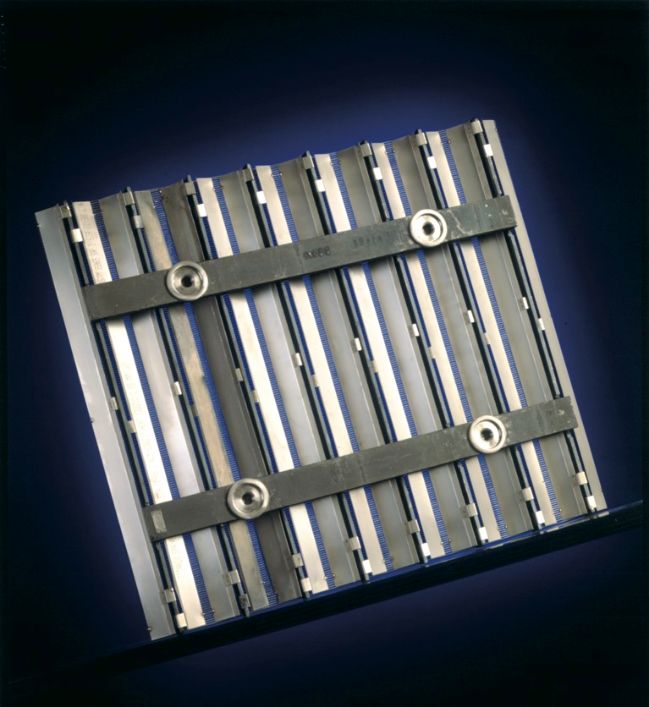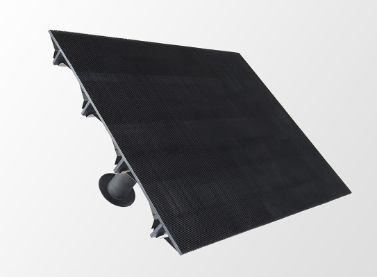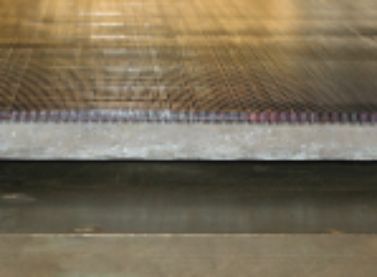A commitment to addressing modern-day standards
Hydrogen and sodium hydroxide are not produced at the cathode; where, sodium dissolves in the mercury as an amalgam.
The technology has been banned in Europe (2018) and substantially abandoned in the United States, but is still present in other countries. De Nora's efforts on this technology have been devoted to keeping the mercury process compatible with the increasing EH&S standards and reducing the overall process power consumption.
In this way, customers running mercury plants could remain competitive against more modern technologies and be able to better plan the future retrofit of their installations.
Products dedicated to this process are:
- Project Mercury Zero
- Energy Saving Program (ESP)









